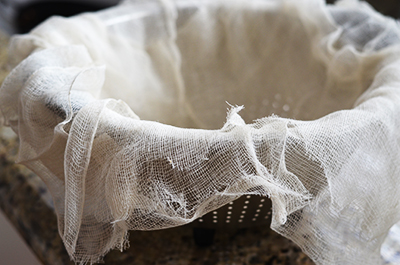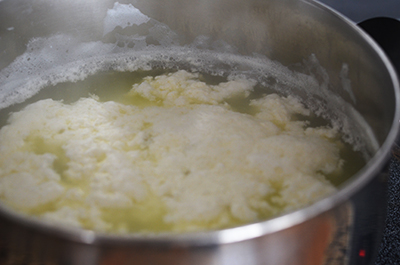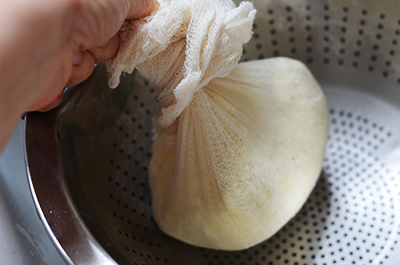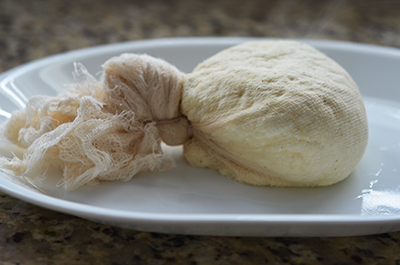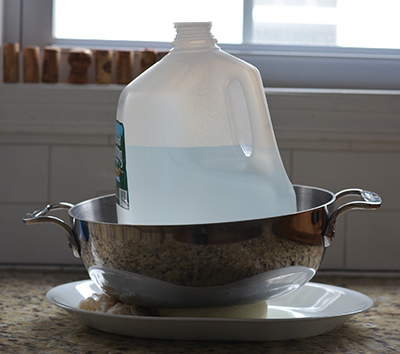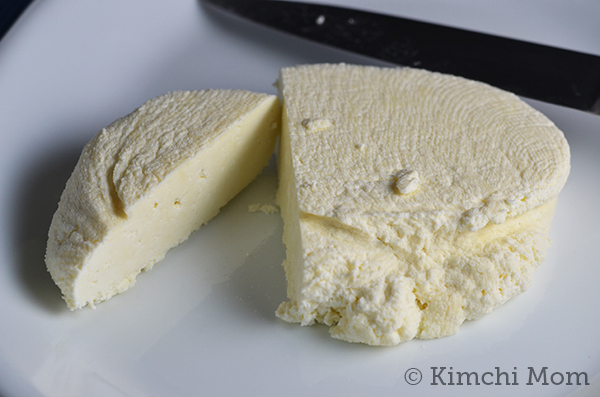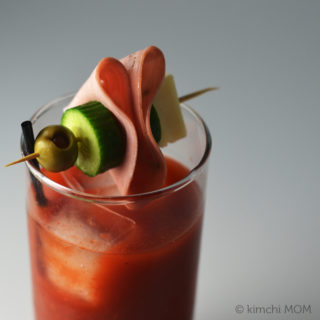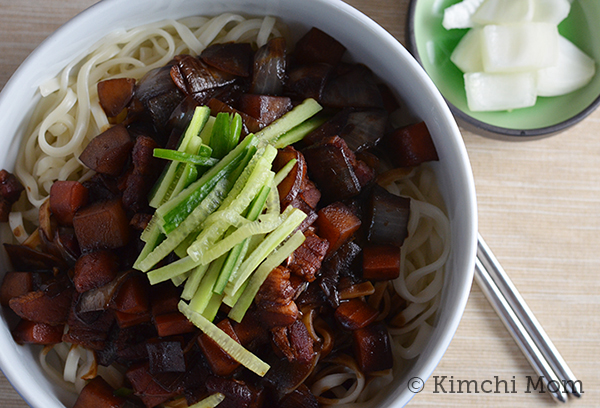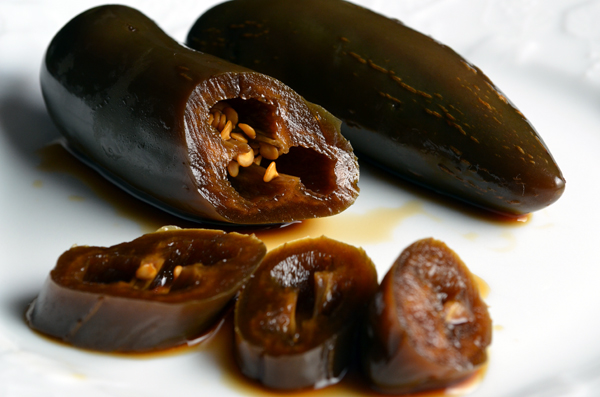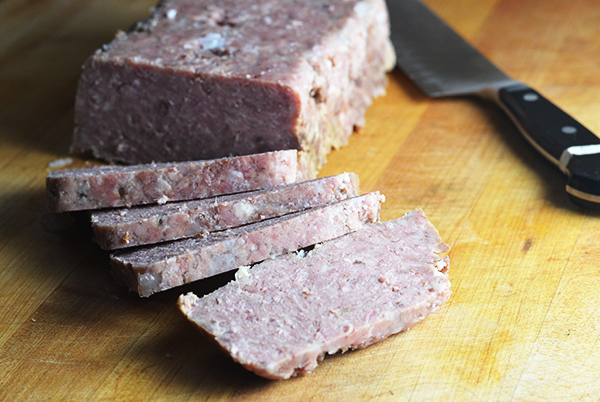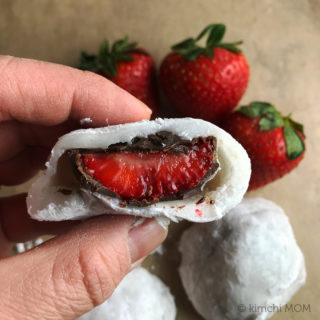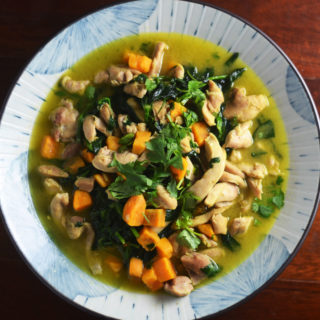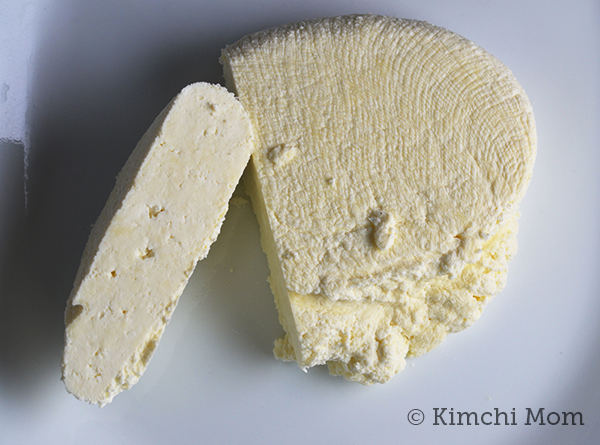 Ever since we moved away from San Francisco a couple of years ago and away from some really good Indian food, I’ve been trying to “master” some of my favorite Indian dishes, a couple that include paneer. If you’re not familiar with paneer, it is a mild flavored un-aged cheese, similar to that of curd cheese.
Ever since we moved away from San Francisco a couple of years ago and away from some really good Indian food, I’ve been trying to “master” some of my favorite Indian dishes, a couple that include paneer. If you’re not familiar with paneer, it is a mild flavored un-aged cheese, similar to that of curd cheese.
Now, I used to be able to get my block of (overpriced) paneer at my local Whole Foods Market, but it hasn’t reappeared on their shelves for the past several months. So I’ve been having palak paneer without the paneer and paneer tikka masala has become tofu tikka masala. Then I thought, “Damn it, do I really have to do this? Do I really have to learn how to make paneer?” The idea of making cheese scared me off a bit and I thought it was going to be a time consuming ordeal, and in the words of Sweet Brown, “Ain’t nobody got time for that!”
But I was wrong on all accounts. Late one night as I was perusing my recently acquired cookbook, Vij’s Elegant & Inspired Indian Cuisine, I discovered a recipe for paneer. It was clearly a sign from the kitchen gods. “I need to do this”, I thought. I looked at the ingredient list and was shocked to find that I had everything in the pantry – whole milk, sugar, water, and vinegar.
I made the paneer and it was good.
Notes: You can easily double the recipe, but increase the amount of vinegar to 1/3 cup. Keep paneer refrigerated and it will keep up to 3-4 days.
Paneer
Adapted from Vij’s Elegant & Inspired Indian Cuisine
Yields about 8 ounces
1/8 cup water
1/2 gallon whole milk
3/4 teaspoon sugar
1/4 cup vinegar
1 – Cut 3 squares of cheesecloth, about 12×12 inches each. Layer the cloth over a strainer or sieve. Set aside.
2 – In a large heavy-bottomed pot, add the water, milk, and sugar, and heat over medium heat.
3 – Do not leave unattended!
4 – Heat the milk mixture just as it foams up, but before it spills over. This will take about 15 minutes depending on your stove. At this point, immediately add the vinegar and take the pot of the heat. The milk will curdle right away.
5 – With a wooden spoon, gently stir the mixture in one direction so the curds will clump together. Set aside for about 5 minutes so the curds (white pillows of “cheese”) and whey (milky liquid) separate.
6 – With the lined sieve in a clean sink, slowly pour the curds into the sieve. Let drain for about 5 minutes.
7 – Carefully gather the corners of the cheesecloth and gently squeeze out remaining whey and air. Either tie the corners into a knot or use a rubber band to secure the ends of the cloth.
8 – Place the “bag” on a platter or a large plate with the knot on the side so that you get a flat disc.
9 – Place another plate or empty heavy pot on top and a weight on top of that. Use 1 or 2 of your 28-ounce tomato cans or something equivalent. Keep pressed for about an hour. Here’s my set-up: an empty saucepan and half-filled water jug.
10 – Cut the cheesecloth and slowly unwrap the paneer. The paneer should be firm. Place the paneer into an airtight plastic food storage bag or container and refrigerate until ready to use.
Look for my recipe for Paneer Tikka Masala this Sunday as part of a Cheesey-themed Sunday Supper!
